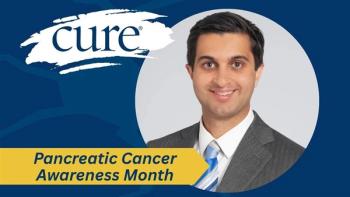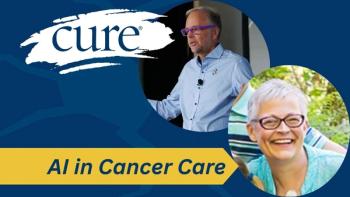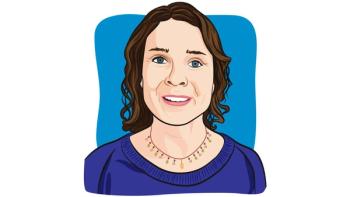
CAR T-Cell Therapy a 'Really Exciting' Development in Treatment of Lymphomas
The evolution of CAR T-cell therapy has been an exciting development for the treatment of all lymphomas, including mantle cell lymphoma, according to Dr. Ian Flinn.
The evolution of CAR T-cell therapy has been an exciting development for the treatment of all lymphomas, including mantle cell lymphoma, according to Dr. Ian Flinn.
In an interview with CURE®, Flinn, the director of lymphoma research at Sarah Cannon Research Institute, discussed the use of CAR T-cells to treat lymphomas, as well as how the ZUMA-2 trial is shaping up to influence the treatment of patients with mantle cell lymphoma.
Transcription:
CURE: I'm curious about the ZUMA-2 trial. I know that you're an investigator on that trial. So, if you could talk a little bit about the drug, what it targets, how it works in the body and where things are with that study so far.
Flinn: ZUMA-2 is a clinical trial looking at a CAR T-cell product that targets CD19, which is an antigen on a lot of lymphomas, in this case mantle cell lymphoma, in patients who have had multiple prior therapies for their mantle cell lymphoma, and who are really no longer responding.
So, in this trial, we administered CAR T-cells to these patients. And after giving them some what's called lymphodepleting chemotherapy, and then infuse the CAR T-cells into the patients, we saw a really pretty remarkable outcome.
First (let me offer) a little bit about what a CAR T-cell is. It’s a white blood cell, a lymphocyte, that is harvested from the blood of a patient. It's then sent to a central manufacturing facility, where a gene is inserted into the lymphocyte to have the lymphocyte activate as well as target the lymphoma. In this case, it's targeting that antigen called CD19, that's present on most B cell lymphomas and most all the mantle cell lymphoma, many other types of lymphoma as well.
So, it's a really exciting development in the treatment of all lymphomas and in certain forms of leukemia. A similar CAR T-cell product had previously been shown to be very effective in patients with an aggressive form of lymphoma, known as large cell lymphoma. And studies in that patient population led to the approval of CAR T-cells for patients with diffuse large B-cell lymphoma, who also similarly were not really responding to any agents anymore. The therapy had really run the course of what conventional treatments (could offer). And in that patient population there was about a 40%, what looks like long term cure rate for that patient population, so really fabulous results in large cell lymphoma.
And so, in this trial, this trial ZUMA-2, we're hoping to see similar activity in patients with, again, very difficult-to-treat mantle cell lymphoma, patients who already had standard of care therapies such as a tyrosine kinase inhibitor, and chemo immunotherapy. And we saw very remarkable results. Two-thirds of patients achieved a complete remission in this study, and the follow up is relatively short, but in a subgroup of patients that have been followed for more than two years on, about 40% of patients remain in remission.
So, this would be the first CAR T-cell product that will be available to patients with mantle cell lymphoma?
Right. This would be the first CAR T-cell product that's available for mantle cell lymphoma patients. We hope to see FDA approval sometime this summer. It's been submitted to the FDA for approval, and they have certain timelines that the FDA has to make. And based on that, we know that we should hear the latest by August on whether this drug will be approved.
Is there anything else that people should know about this particular study?
I think the other thing to know is when anybody is looking at any kind of therapy, is what are the risks and benefits of this? It sounds wonderful, augmenting the immune system and you're harnessing the immune system to fight the cancer, which is really what this is doing. But it does have side effects. And, and those side effects are sometimes scary.
There's something called cytokine release syndrome, where basically as I explain it to patients, it's like someone's getting the worst flu of their life. I mean, sometimes they can have fevers as high as 104 (degrees). But when you think about it, that's kind of what we're wanting. We want the immune system to be turned on. We want it to go after this lymphoma, what it thinks is foreign. (But) then we've learned better ways of decreasing those side effects now by using other medications to decrease the incidence and severity of cytokine release syndrome.
The other toxicity is called neurological toxicity, or neurotoxicity, and this can be very disturbing to patients and their family members. Because it can sometimes range from just being a little bit sleepy to people being in a full coma. Luckily, nobody died in this study from this, and we're getting better at intervening earlier to decrease the severity of neurologic toxicity. And so, for the vast majority of patients, it's reversible, but it's definitely something for patients who are considering this (drug) to talk to their doctor about.





